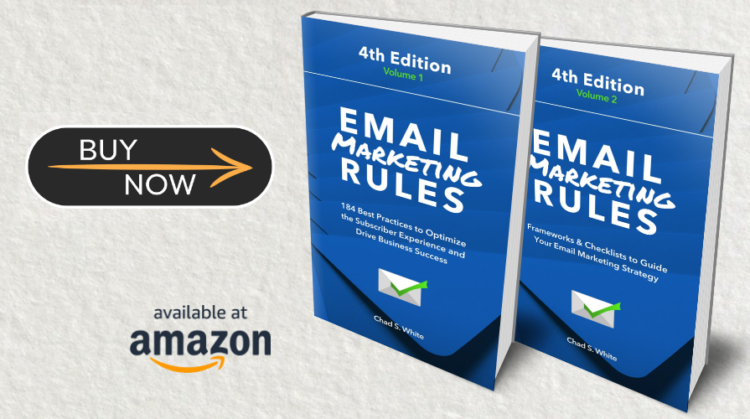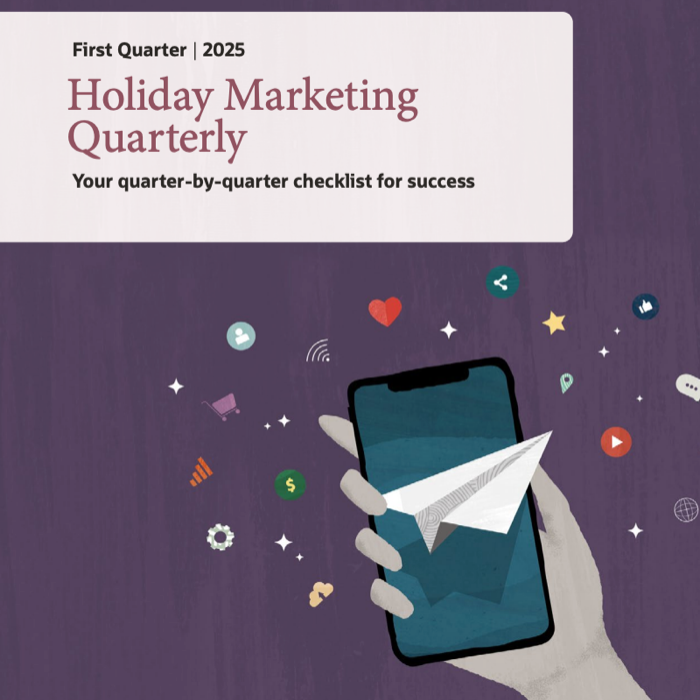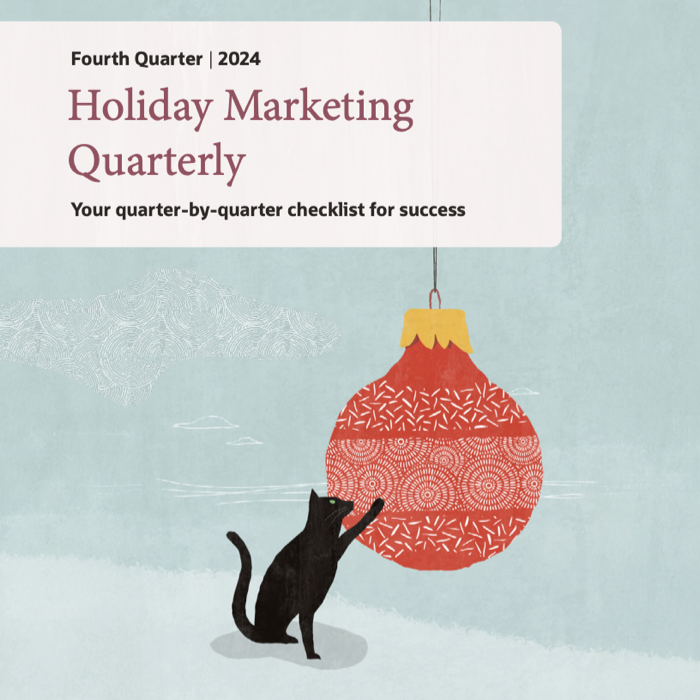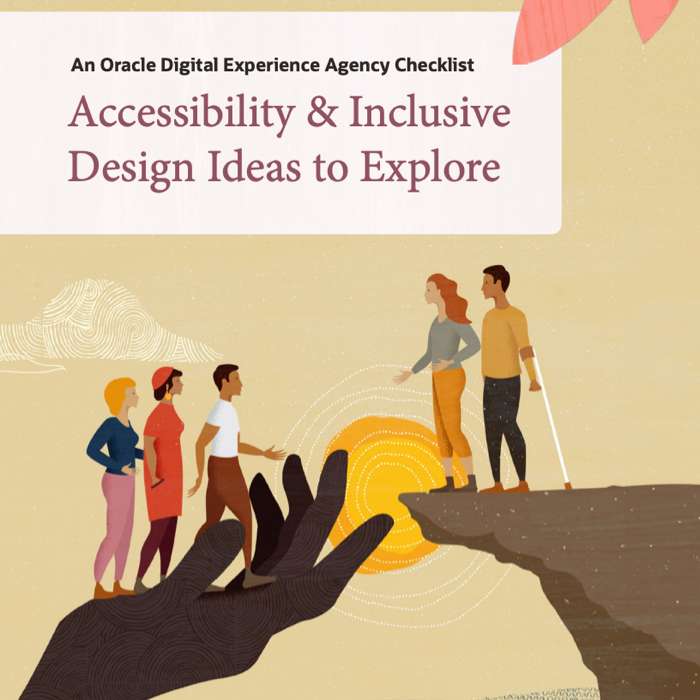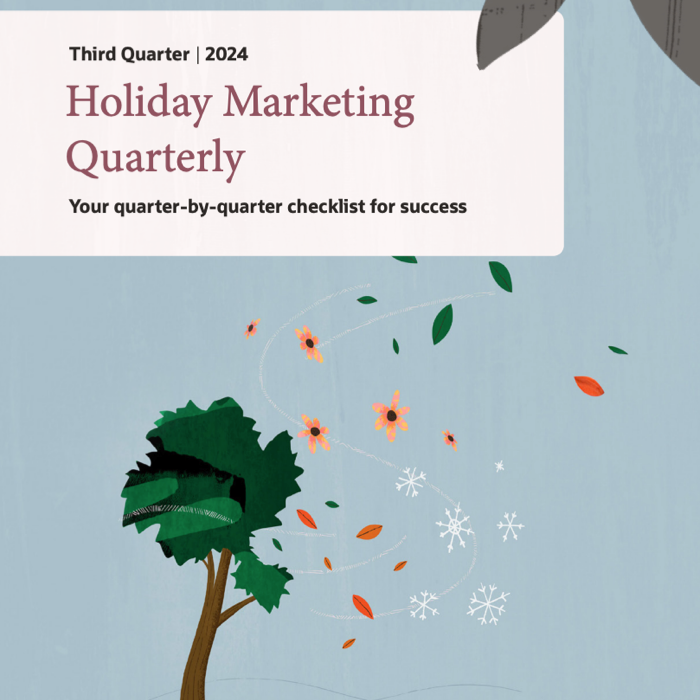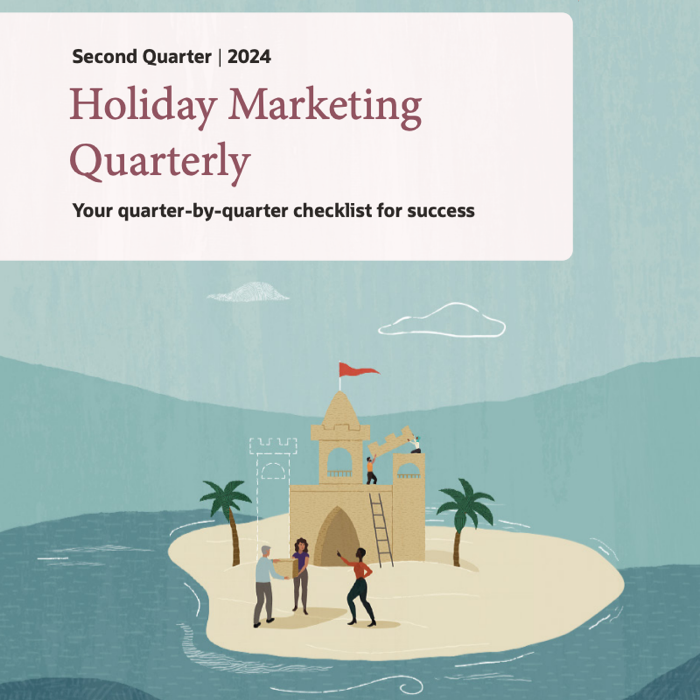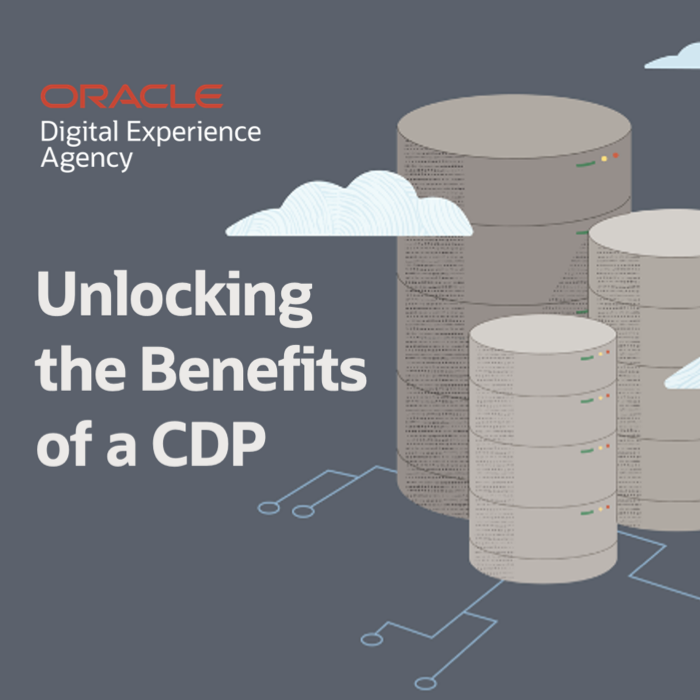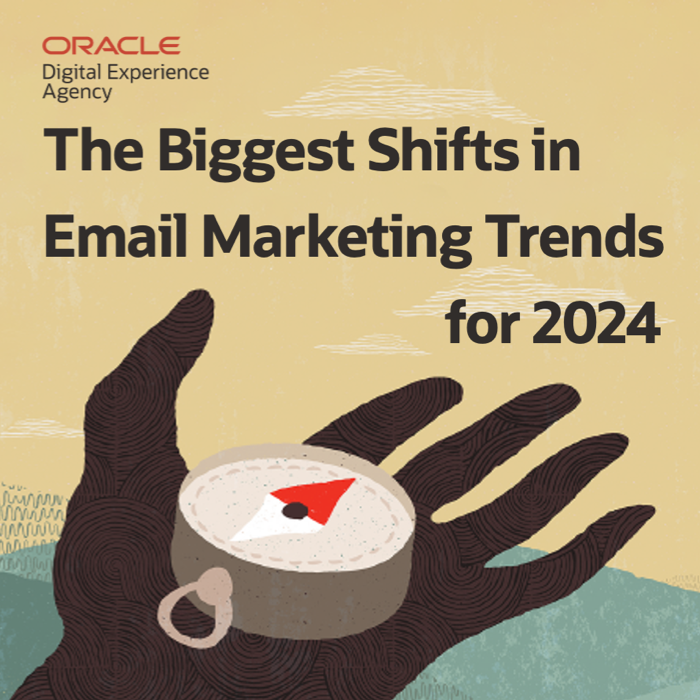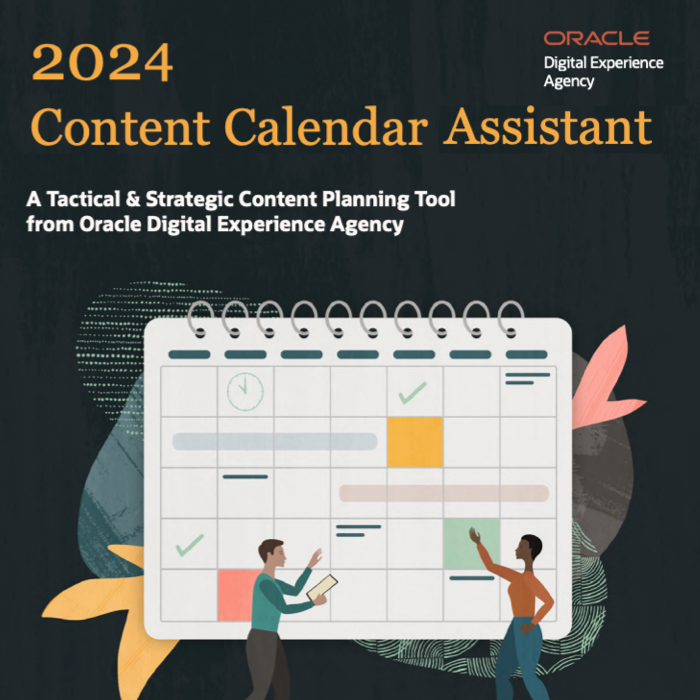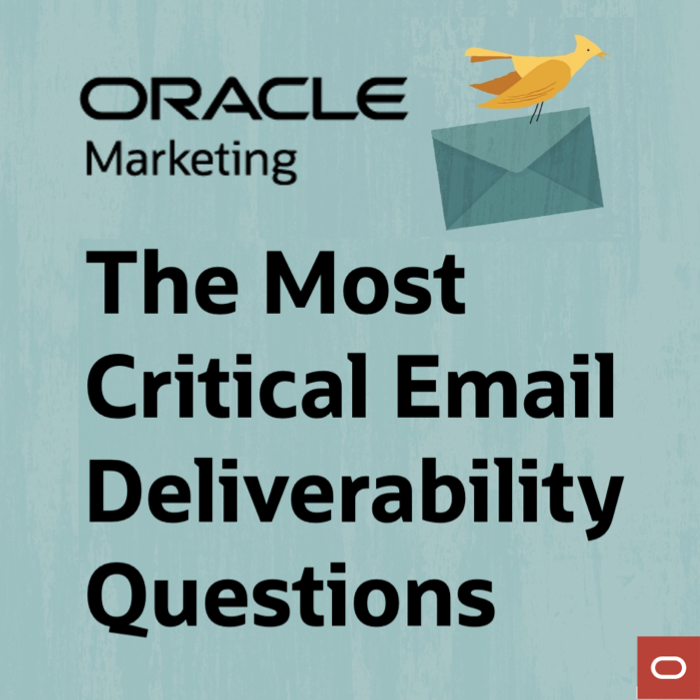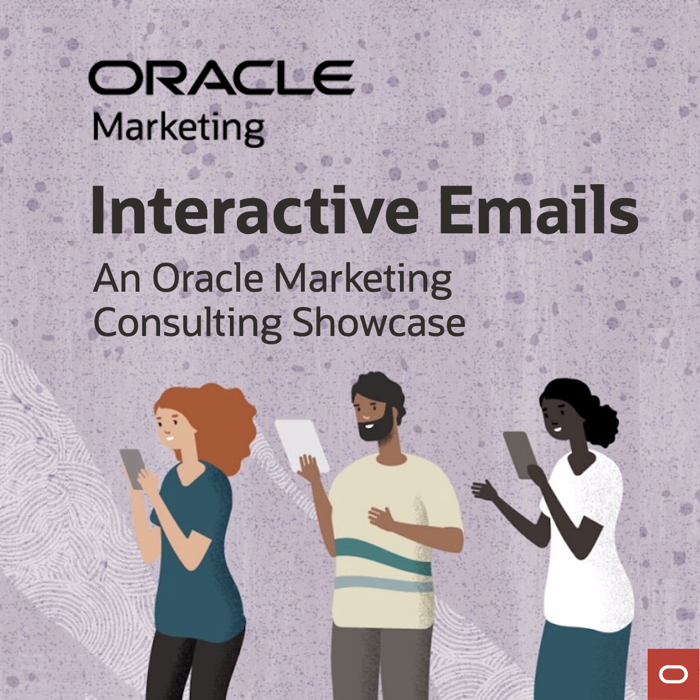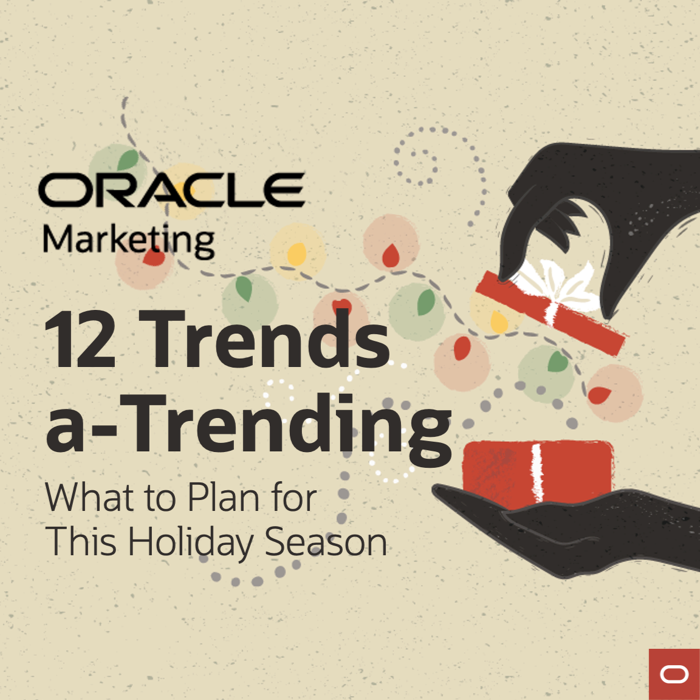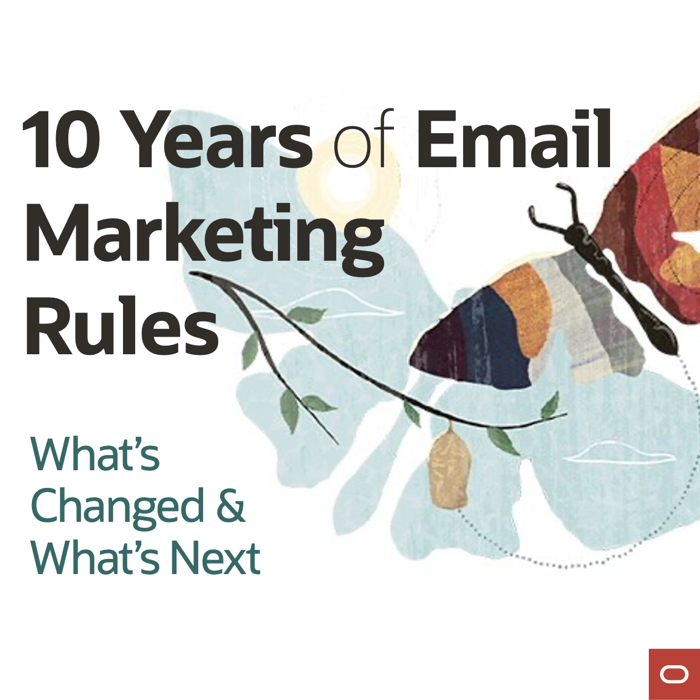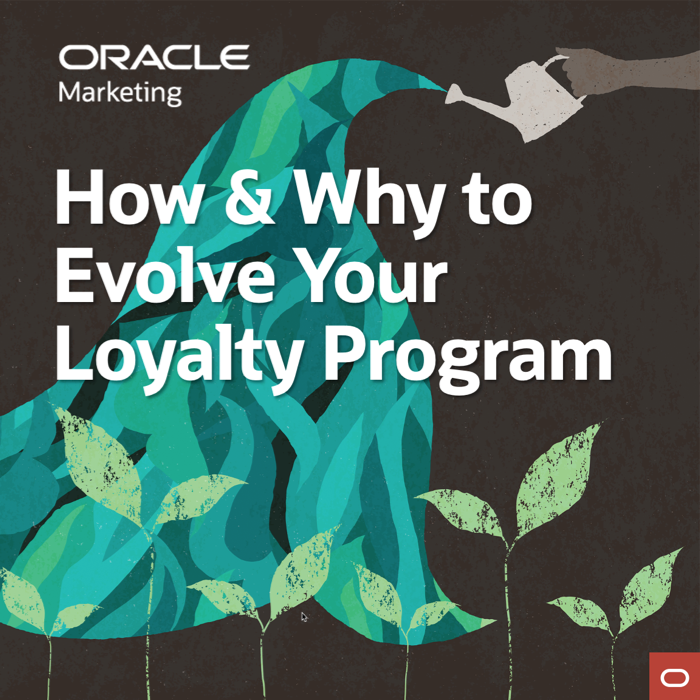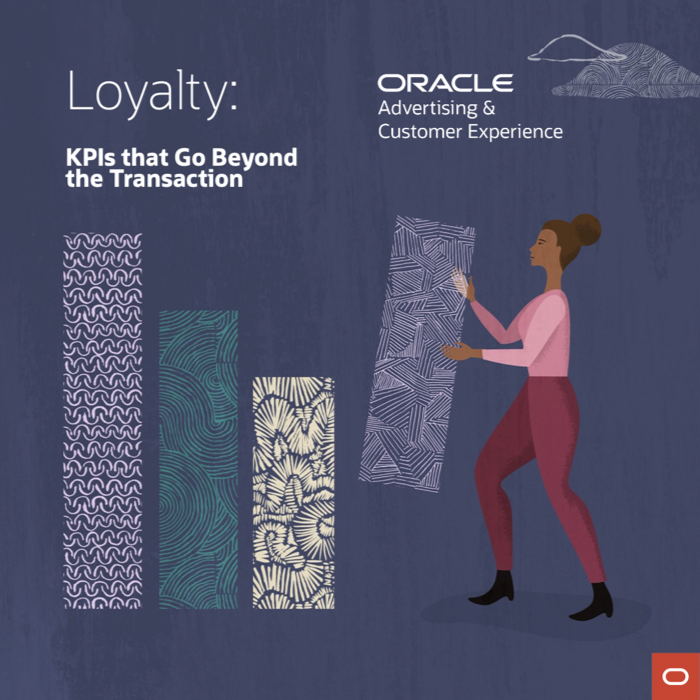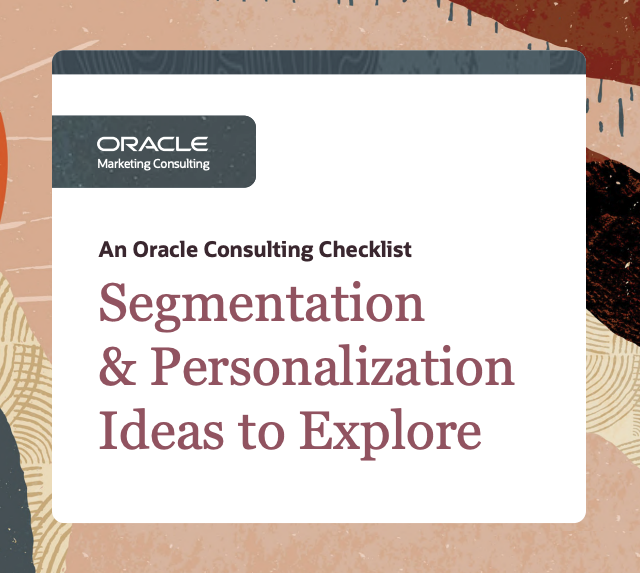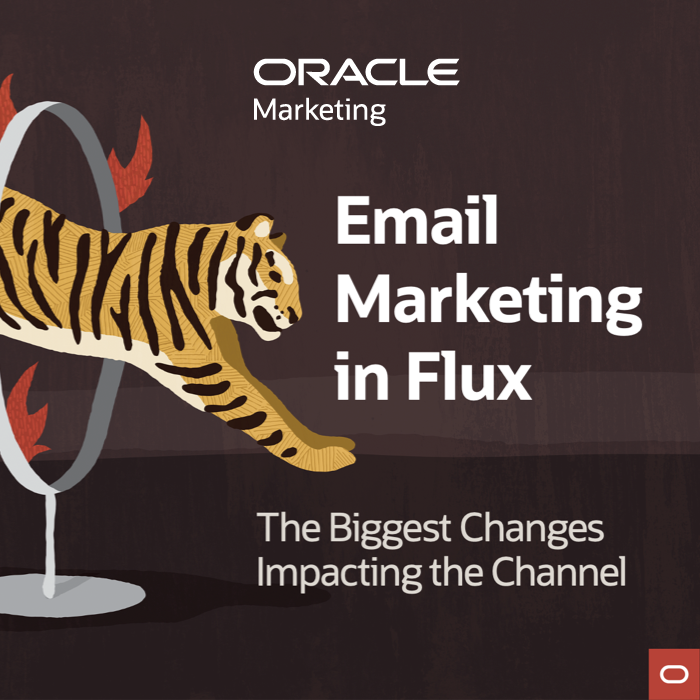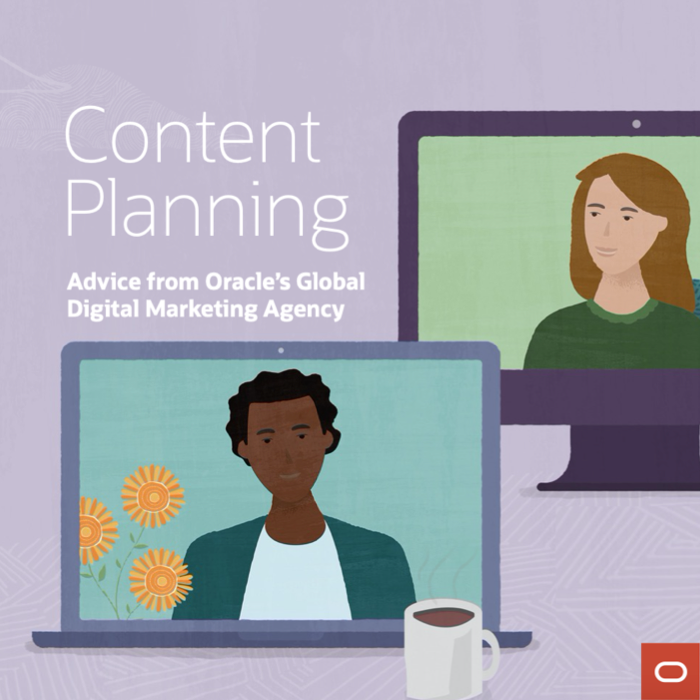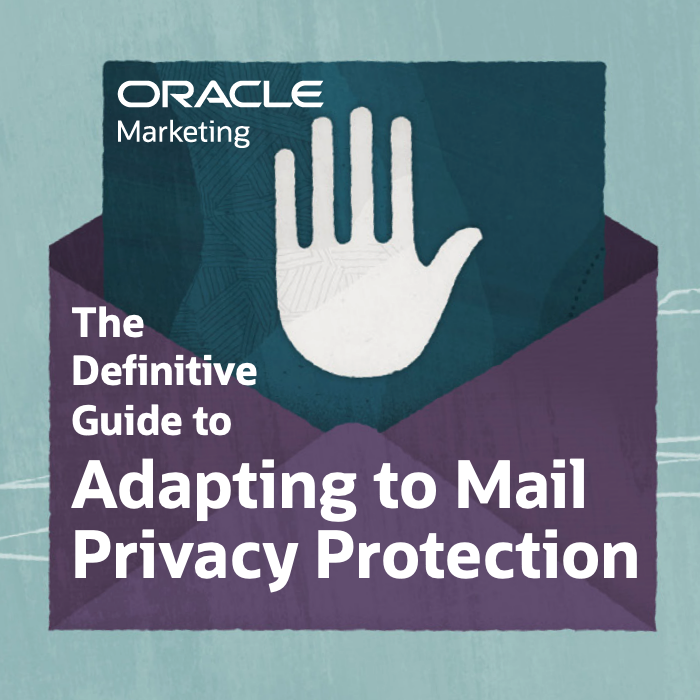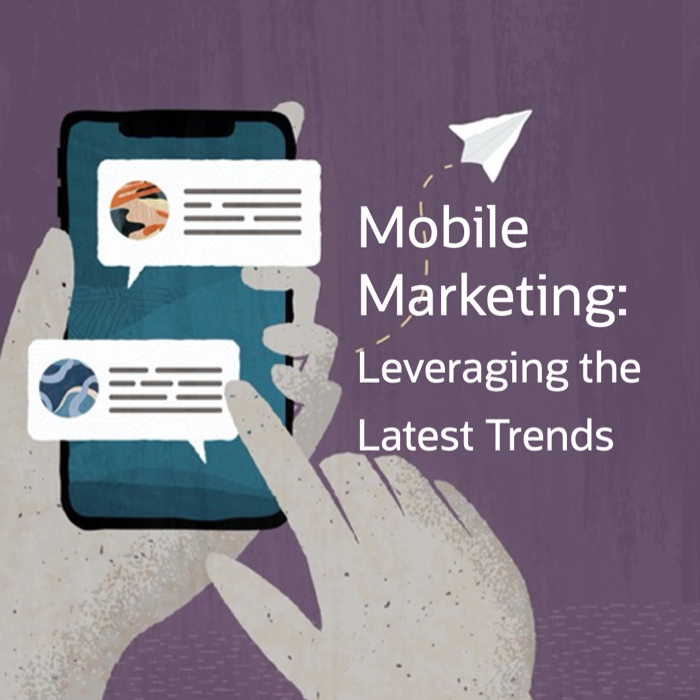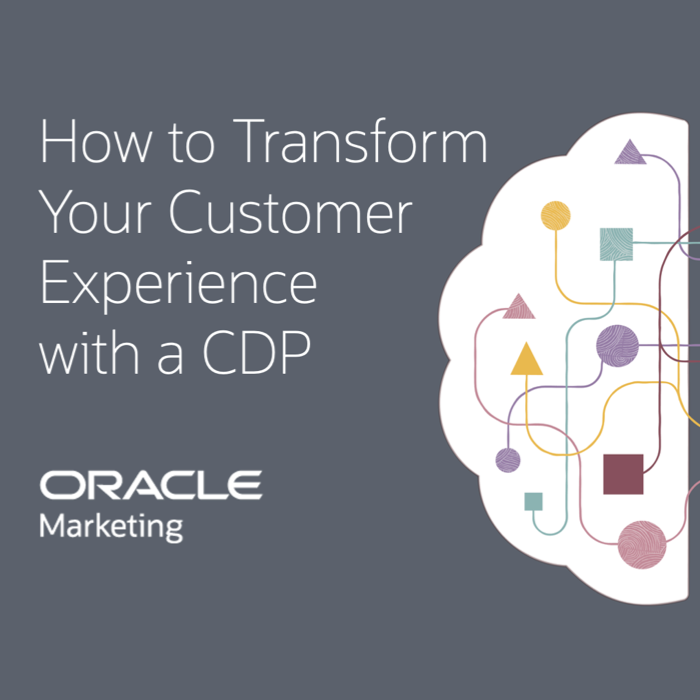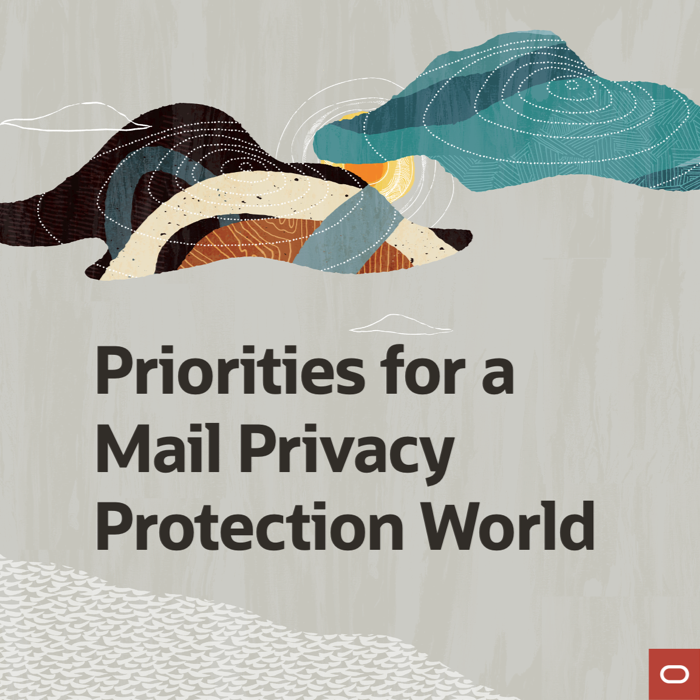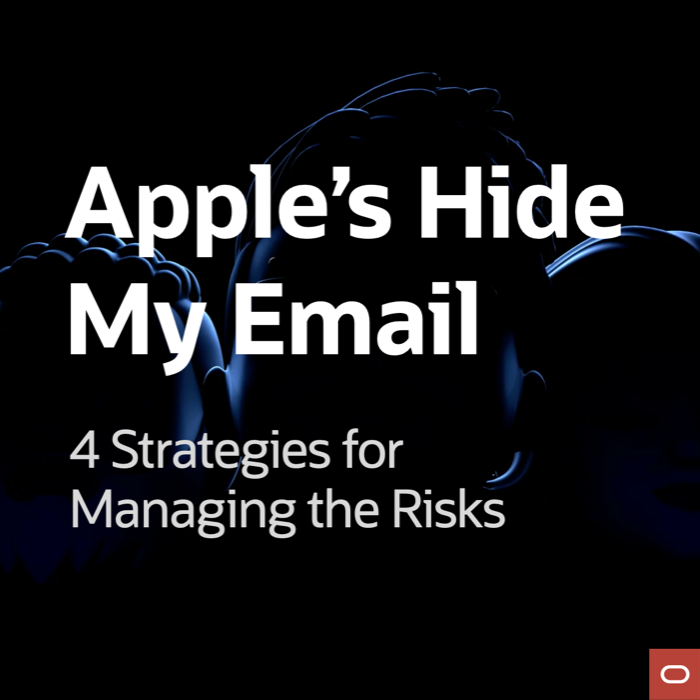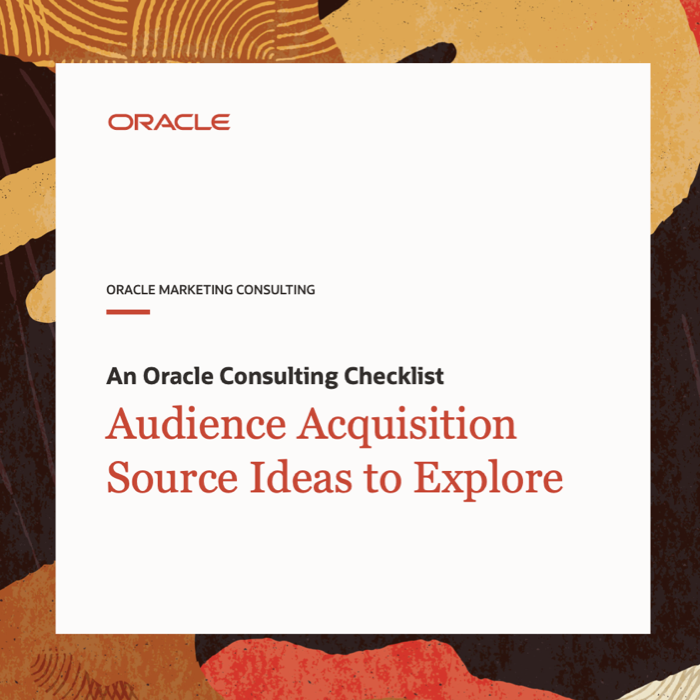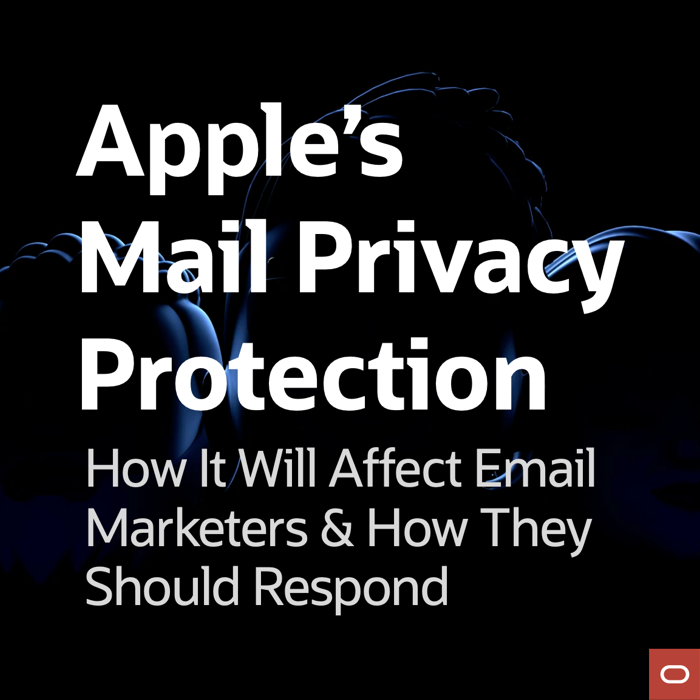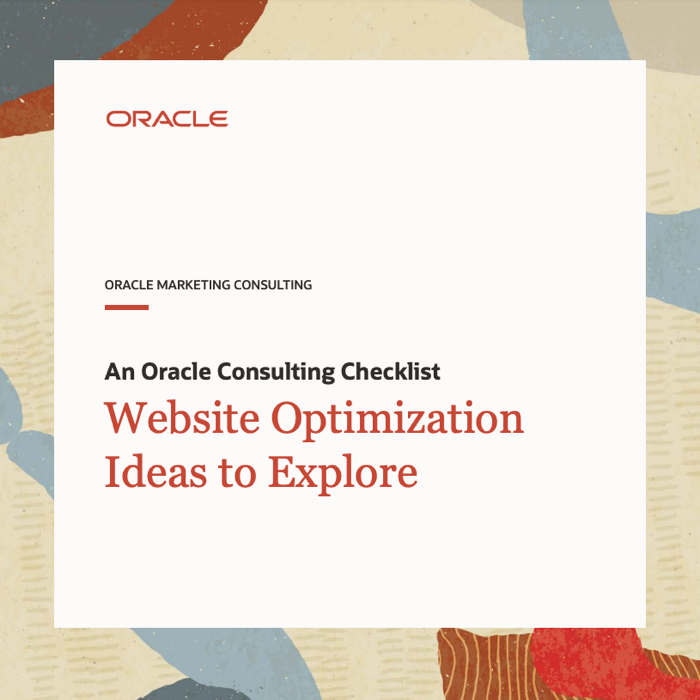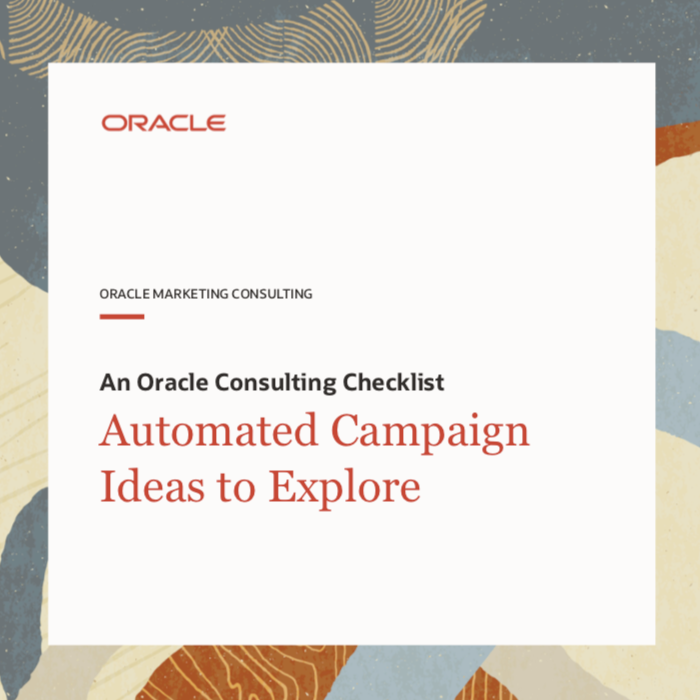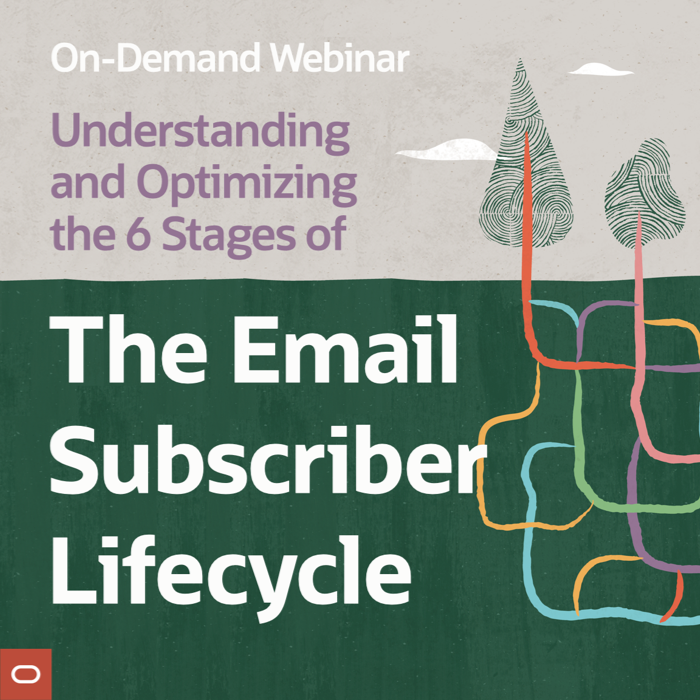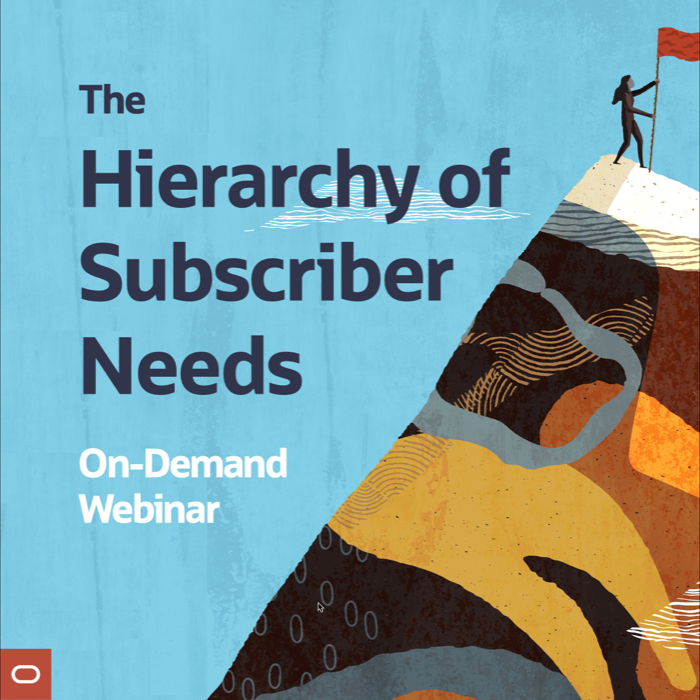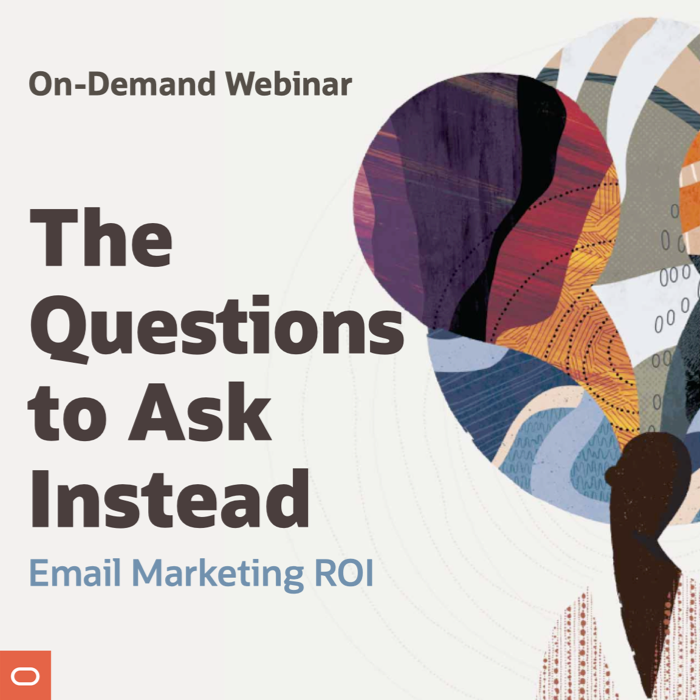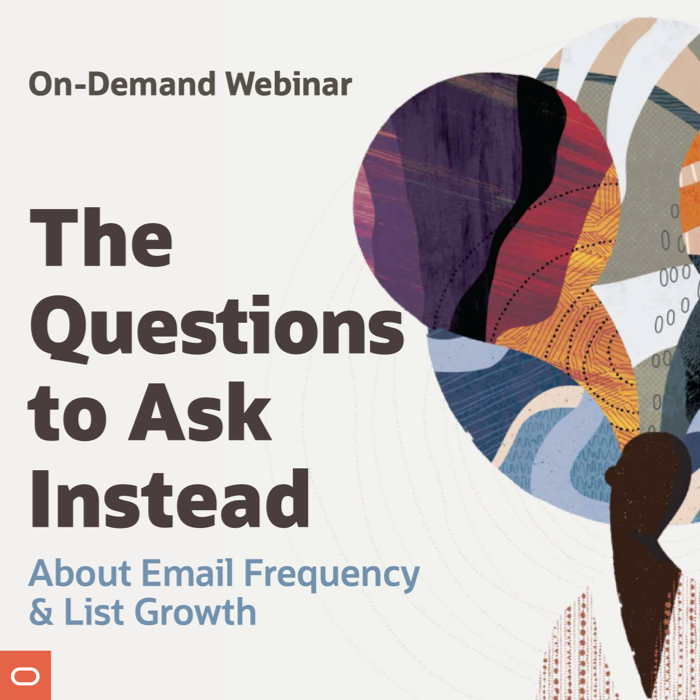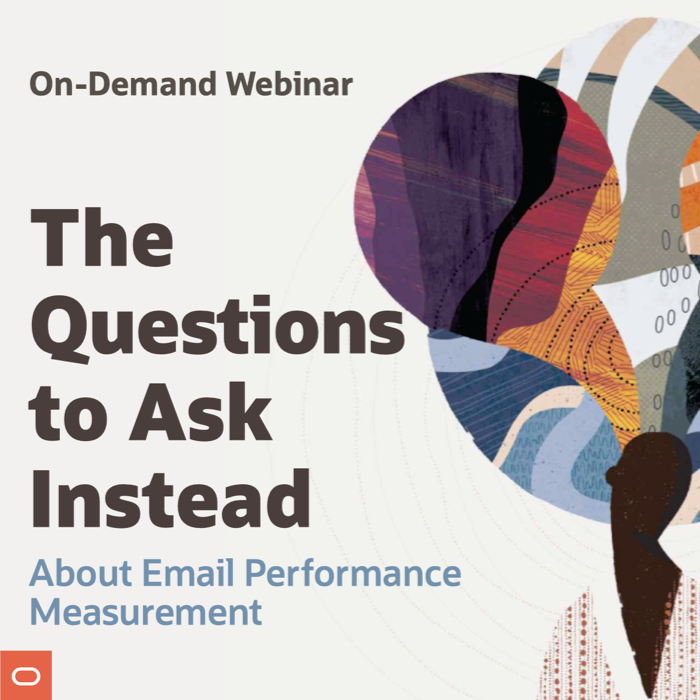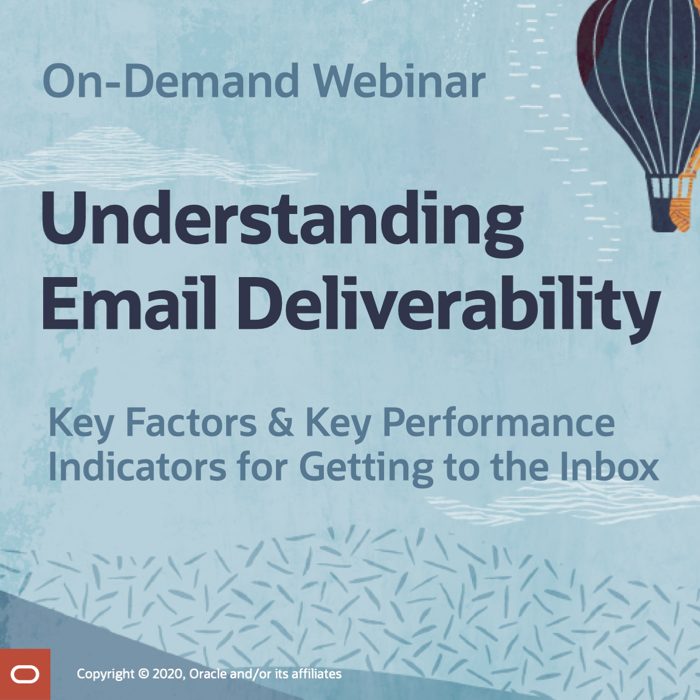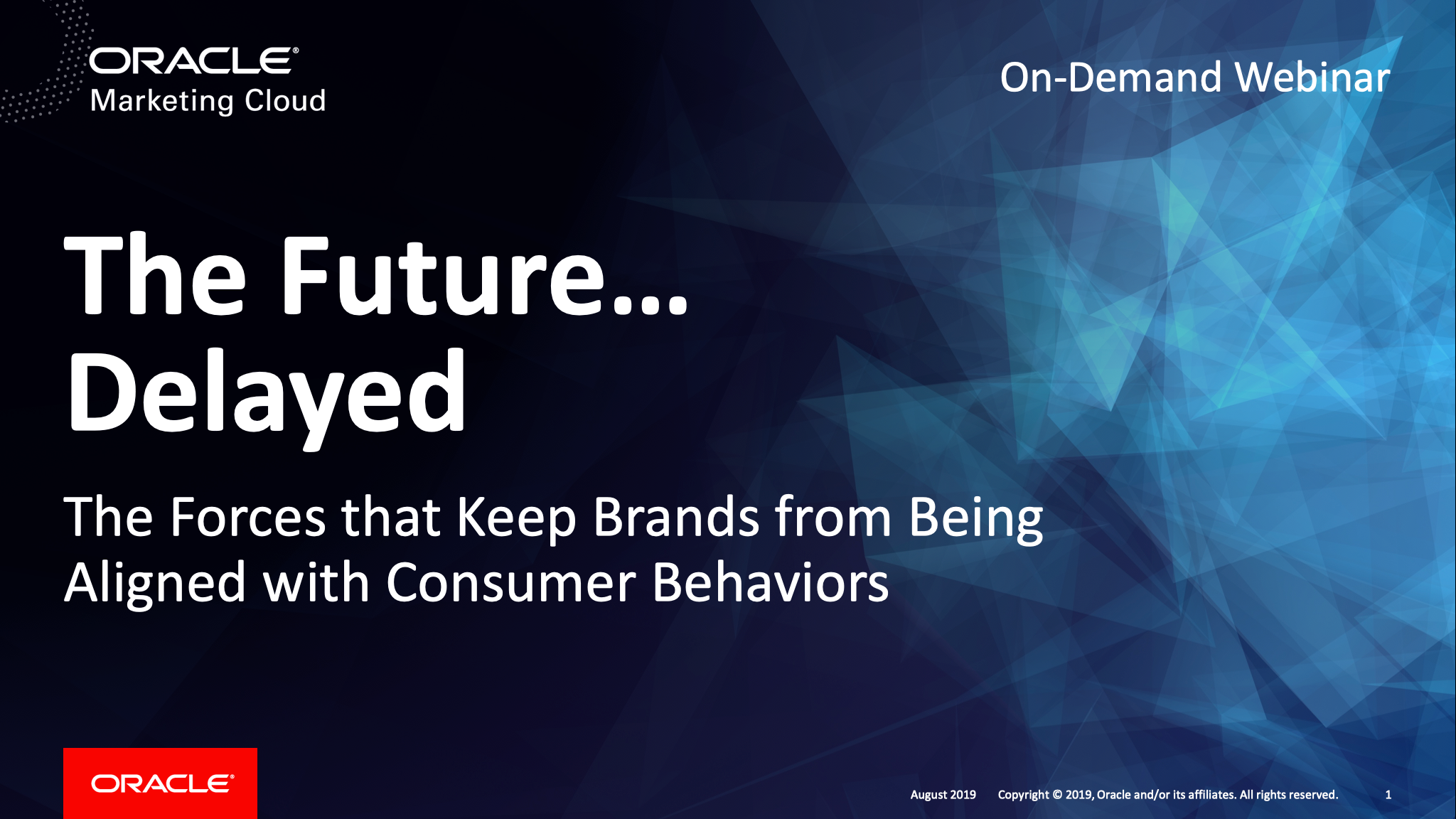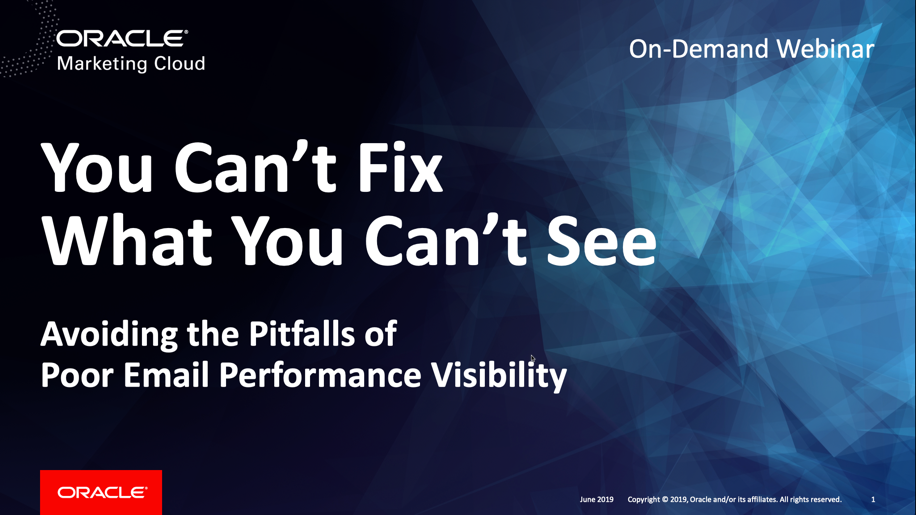Email Marketing Trends for 2022: Competitive Differentiators
Posted on February 18, 2022

Email marketing is constantly evolving, so it can be difficult to know where to invest your time and energy from year to year. It’s extra challenging in turbulent times like these, when consumer behaviors and business goals are shifting rapidly. To help you prioritize your email marketing efforts this year, we surveyed Oracle Marketing Consulting’s more than 500 digital marketing experts, asking them to rate the current adoption of a range of email marketing technologies and tactics, as well as their predicted impact during 2022. We then mapped the results into adoption-impact quadrants.
In this post, we’re looking at the Competitive Differentiators, which are in the low adoption–high impact quadrant. The technologies and tactics in this quadrant are not completely proven, but some companies are already seeing great results from using them. They offer a significant competitive advantage with considerably less risk than our Unproven Opportunities.
But, there are still risks, including the acquisition of smaller providers, frequent process and feature changes as the technology stabilizes, frequent changes in best practices as knowledge rapidly evolves, changing cost structures, scarcity of needed skills, and other issues. These hassles and expenses are easier to accept, however, because many adopters are already seeing a sizable return on their investment. Their willingness to accept some uncertainty in exchange for good returns gives them a distinct advantage over their competitors, most of whom have yet to embrace these tactics and technologies.
Of the 26 trends we surveyed our digital marketing consultants about, seven of them were rated as being in the low adoption–high impact quadrant for 2021. Let’s talk about each of them in turn…
Email Marketing Trends for 2022: Unproven Opportunities
Posted on February 16, 2022

Email marketing is constantly evolving, so it can be difficult to know where to invest your time and energy from year to year. It’s extra challenging in turbulent times like these, when consumer behaviors and business goals are shifting rapidly. To help you prioritize your email marketing efforts this year, we surveyed Oracle Marketing Consulting’s more than 500 digital marketing experts, asking them to rate the current adoption of a range of email marketing technologies and tactics, as well as their predicted impact during 2022. We then mapped the results into adoption-impact quadrants.
In this post, we’re looking at the Unproven Opportunities, which are in the low adoption–low impact quadrant. The technologies and tactics here are not fully vetted and may not generate long-term adoption or impact. There are significant risks that could undermine your investment in part or entirely—including rejection by consumers, inadequate inbox provider support, inadequate digital marketing platform support, the passage of legislative impediments, and other issues.
Because of those risks, most brands will find that the best strategy is to wait and let others work out all the details, uncover the best practices, and stress-test the technologies. However, the pioneering companies who embrace these trends at this early stage may seize a sizable advantage over their competitors.
Of the 26 trends we surveyed our digital marketing consultants about, just two of them were rated as being in the low adoption–low impact quadrant for 2022. Let’s talk about each of them in turn…
8 Alternatives to Open-Triggered Email Sequences in the Age of Mail Privacy Protection
Posted on February 15, 2022

As more Apple Mail users have enabled Mail Privacy Protection (MPP), opens have become an increasingly unreliable signal of individual-level engagement for email marketers. That is requiring marketers to redefine how they select active audiences for campaigns, how they determine inactivity and make suppression decisions, and how they design journey progressions that were previously driven by opens.
That last impact will be particularly hard felt by B2B brands, who are the biggest users of open-triggered journeys to move customers and prospects down interaction funnels. While B2B brands are likely to be less impacted by MPP than their B2C colleagues, most will ultimately see 15% to 35% of their audiences affected. That’s too much of their audience impacted to ignore. Brands will have to make changes to their open-triggered journeys, and they have several alternatives to consider. Let’s talk about the pros and cons of each.
The Last Word on January 2022
Posted on February 3, 2022
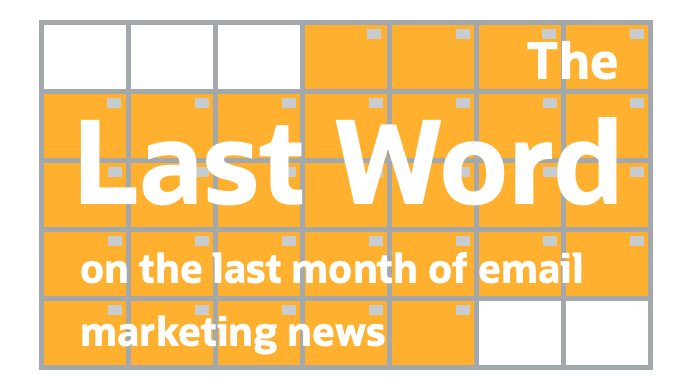
A roundup of email marketing articles, posts, and tweets you might have missed last month…
Must-read articles, posts & reports
8 Stats Show Email Subscribers Worth a Lot More Than Social Media Followers (The Tilt)
The New Normal (Google Trends)
How to Send a One-Time Burst (Postmaster @ Yahoo)
The Biggest Trends in Graphic Design for 2022, as Predicted by Leading Creatives (Creative Boom)
Case Study: 46% Increase in Email List Growth (Email Optimization Shop)
Insightful & entertaining tweets
I’m Mclovin this email from @McDonaldsUK (sorry, I had to)
What kind of email sorcery is this?! #emailgeeks #emailmarketing pic.twitter.com/oYsFVTGvWQ
— Samantha Knott (@samanthazoek) January 3, 2022
Best reply address I’ve ever seen.
🎖 yes_you_can_reply@ 🎖— Lauren Meyer (@LaurenEmailGeek) January 26, 2022
B2B tech companies: “Retention has better ROI than acquisition.”
Also B2B tech companies: “We’re hiring 100 new SDRs and 1 new Customer Marketing Manager.”
— Brooklin Nash (@realBrookNash) January 3, 2022
Nothing makes a consumer hate your brand more (And report your email as spam) than hiding an “unsubscribe” link in marketing emails #EmailMarketing #emailgeeks
— Don shaher (@DonatShaher) January 18, 2022
An old boss pitching buying email lists to me. https://t.co/aMKFhxjiiF
— Carin Slater (@carinslater) January 11, 2022
Noteworthy subject lines
Burlington, 1/12 – Don’t let your gift card go to waste!
Quiksilver, 1/4 – New Year | Same Sale!
Tractor Supply Co., 1/6 – Kick Start Your New Year’s Resolutions
Neiman Marcus, 1/14 – Find your spotlight
Crate & Barrel, 1/4 – Start the year off fresh with these easy updates →
Belk, 1/5 – This sparks joy! ✨ 50% off cleaning, storage & organization
IKEA, 1/20 – Children’s play stored the adult way
Home Depot, 1/4 – Motivate Your Next Moves 🏠
IKEA, 1/6 – Your home is never finished
West Elm, 1/12 – Inspo: 10 ways to makeover a blah bathroom
ModCloth, 1/6 – Who? New.
Bed Bath & Beyond, 1/5 – NEW! Subscribe to your favorite products for easier shopping!
Big Lots, 1/7 – Extra 10% OFF with Pickup! Stay safe—grab it curbside!
Applebee’s Grill + Bar, 1/28 – Get your favorites carside or carryout
Express, 1/12 – Rent it all, keep what you 💜
Eddie Bauer, 1/3 – Take Your Winter Workouts Outside!
Quiksilver, 1/12 – Is your outerwear made sustainably?
Kohl’s, 1/17 – Find your balance with active & wellness essentials
Great Gap Sale, 1/17 – BRB, in a cuddle bubble
Uncommon Goods, 1/14 – New: 💘 On the mind and your wrist: their name in silver and bronze
Zales, 1/14 – 🏹 Hey Cupid! Save Up to 25% Off Everything!
XOXO Victoria’s Secret, 1/18 – Calling All Sirens
Williams Sonoma, 1/28 – The 2022 Easter collection is here 🐇
Big Lots, 1/31 – SO ready for patio season? 🌻 Here’s your preview!
Bed Bath & Beyond, 1/18 – Your guide to better sleep—tips & picks to catch more zzz’s this year
Williams Sonoma, 1/7 – Introducing Williams Sonoma Open Kitchen: affordable kitchen essentials
West Elm, 1/31 – Plant Kween & Sophia Bush take us on a garden tour
Express, 1/6 – Celebrating National Mentoring Month 🎉
Moosejaw.com, 1/4 – Entrepreneurs wanted. The Moosejaw Outdoor Accelerator is back.
New posts on EmailMarketingRules.com
First Quarter 2022 Holiday Marketing Quarterly
e-shot: Email Engagement Is on the Up, and 7 More Trends for 2022
SparkPost: Tips to Prevent Burnout and Recharge Email Inspiration
Should Emails Expire? Yes and No
On-Demand Webinar: Effective Testing & Optimization Across Digital Marketing Channels
5 Digital Marketing Takeaways from the 2021 Holiday Season
Posted on February 2, 2022

A second consecutive chaotic and stressful holiday season is over—and just like last year, it’s tempting to want to close the book on it and never look back. However, that would be a mistake, as there are always lessons to be learned from Christmas Past that can help with our Christmas Future.
Here are 5 digital marketing takeaways that you should carry with you into your planning sessions for this year and the upcoming holiday season:
- Early start to holiday season has staying power
- Marquee shopping days are losing a little luster
- Adopt wider windows for measuring performance
- Improve cross-channel attribution
- Communicate product availability better
For a look at each of those takeaways…
First Quarter 2022 Holiday Marketing Quarterly
Posted on January 21, 2022
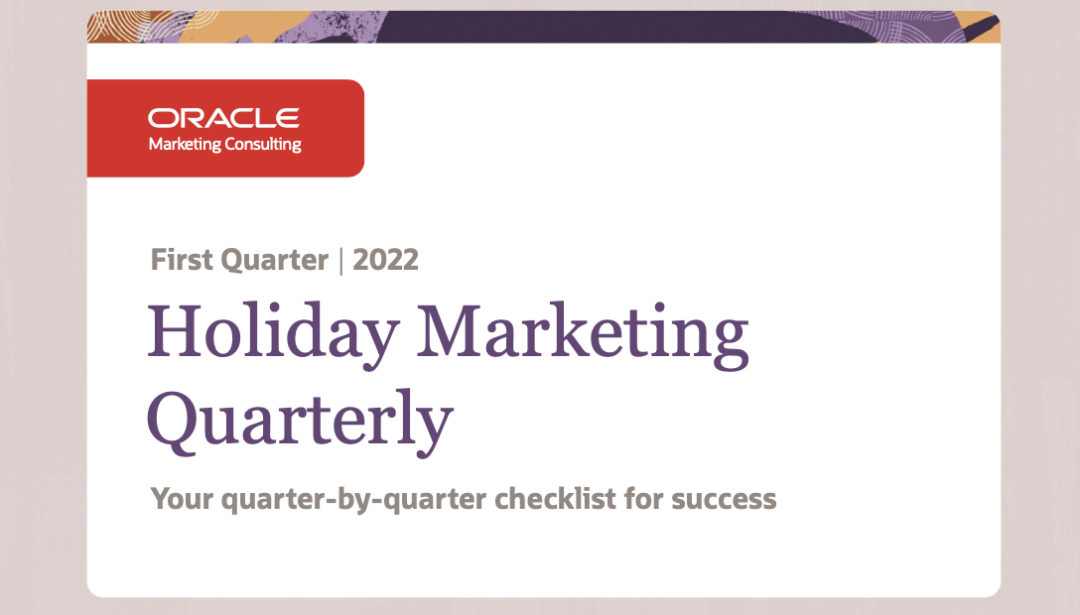
The holiday season doesn’t have an off-season. Having a successful holiday season means executing a successful four-quarter strategy. Oracle Consulting’s Holiday Marketing Quarterly gives you a quarter-by-quarter plan for how to achieve more during the critical holiday season with your digital marketing efforts.
The first quarter is focused on seizing opportunities, mitigating risks, learning from the just-passed holiday season, and starting to make the larger structural and programmatic changes necessary to succeed in the new year and during the next holiday season. In this Holiday Marketing Quarterly, we’ll cover:
- Holiday Post-Mortems
- Seasonal Buyer Reactivations
- Email Deliverability Recoveries
- Automated Email Optimization & Growth
- Creative Refreshes
- Upgrades & Expansions of Your Tech Stack
For the full checklist…
e-shot: Email Engagement Is on the Up, and 7 More Trends for 2022
Posted on January 18, 2022
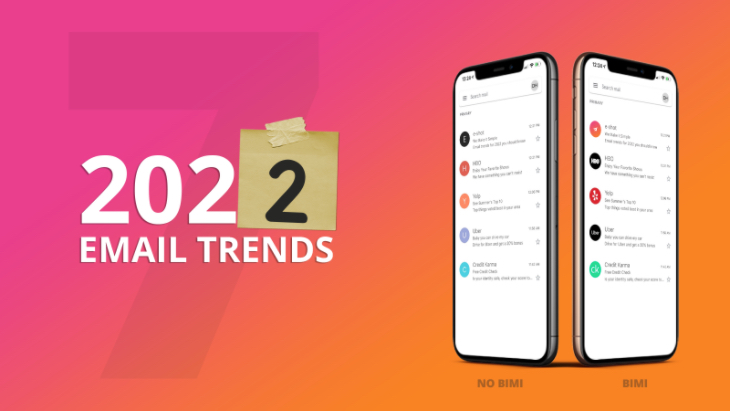
The pandemic has put an increased focus on email marketing as a way for consumers to stay in touch with their favorite brands. Engagement is up, but e-shot wonders what marketers should focus on in 2022 to keep growing their email marketing programs growing. Along with Kath Pay, Jordie van Rijn, Dela Quist, Jenna Tiffany, Dave Chaffey, and Dan Hare, I help illuminate 7 trends for this year:
- Accessibility
- User-generated content and social proof
- Mindful personalization
- Data protection and privacy
- New ways to measure success
- Larger BIMI adoption across brands
- Interactivity in emails, including micro-interactions
For a detailed look at each of those…
SparkPost: Tips to Prevent Burnout and Recharge Email Inspiration
Posted on January 13, 2022
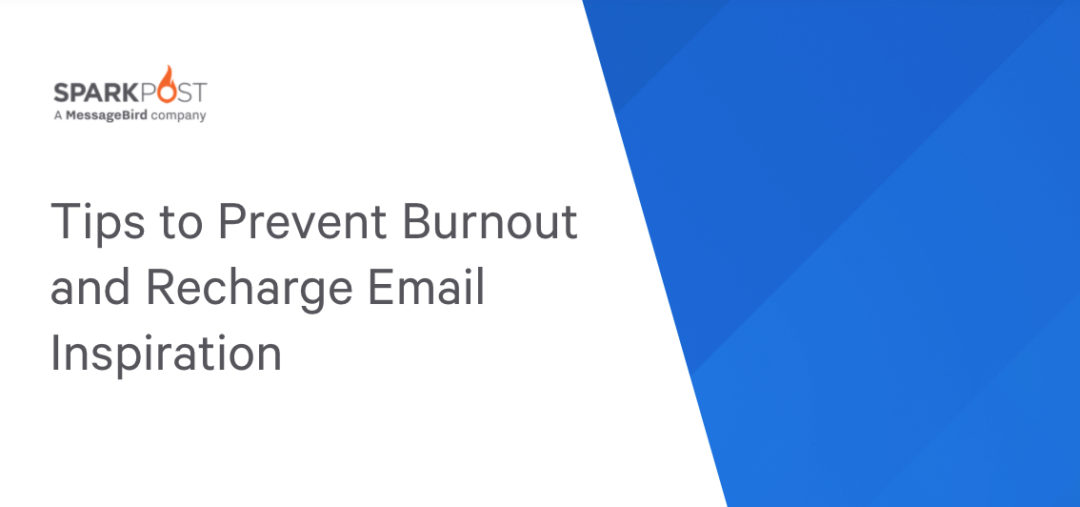
Burnout has become a national conversation, as job-switching has reached historic highs. It affects all facets of our professional and personal lives, including our social, mental, and physical well-being.
To help marketers recognize the signs of burnout and take action to alleviate them, the team at SparkPost has gathered their thoughts and tips, which I was honored to contribute to. We hope these ideas bring you some comfort and help you recharge your email inspiration. We’re all in this together.
Should Emails Expire? Yes and No
Posted on January 11, 2022
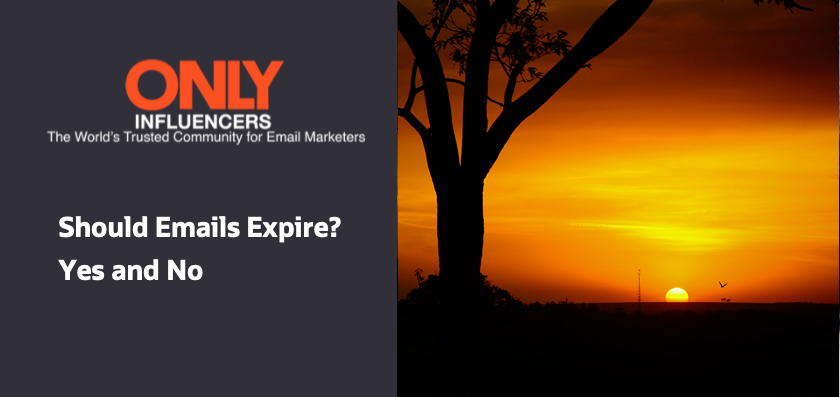
Most commercial email that’s sent is never deleted by recipients. Moreover, most commercial email content is only relevant for a fairly short period of time—say, weeks tops for the vast majority of it. As a consequence, mailbox providers currently store and maintain access to a tremendous amount of old and completely irrelevant email. That’s costly for them and an ecologically senseless use of electricity during a time of escalating climate risk.
For those reasons, the issue has been raised as to whether marketers should be allowed and enabled to schedule the emails they send to delete themselves. Even if only instituted for future emails, it would stop mailboxes from filling up with even more messages of limited long-term value.
We already have a good starting point for this process: the schema that’s used to tell Gmail and other mailbox providers when the deals in our emails expire. That schema could be used by all senders to set reasonable expiration dates for their messages, when applicable. This is a mechanism that wasn’t available when the idea of auto-deleting emails was first raised around 2012.
However, many of the barriers that stopped this idea from gaining traction a decade ago are still problems today. Let’s talk about those, plus an alternative approach to solving this problem.
On-Demand Webinar: Effective Testing & Optimization Across Digital Marketing Channels
Posted on January 7, 2022
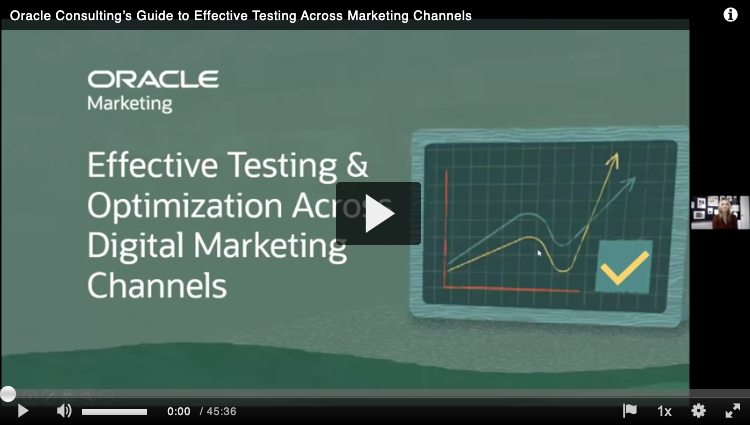
Consumer behaviors, desires, and needs are changing faster than ever. Simply watching your analytics and listening to your customer service feedback isn’t enough, if it ever was. To stay aligned with your customers across all of your digital channels, having a robust testing program in place is critical.
But how do you set up an effective testing program across your digital channels? How do you avoid making mistakes that undermine your testing? How do you determine the right kind of test to use and right parameters?
To answer those questions and more, Oracle Marketing Consulting hosted a value-packed webinar, featuring JT Capps, Director of Analytic & Strategic Services, Oracle Marketing Consulting; Doug Sundahl, Senior Director of Analytic & Strategic Services, Oracle Marketing Consulting; and Chris De Marinis, Senior Consultant, Oracle Maxymiser.
To read the 5 key takeaways or to watch the 45-minute on-demand webinar…
 Email Marketing Rules
Email Marketing Rules


